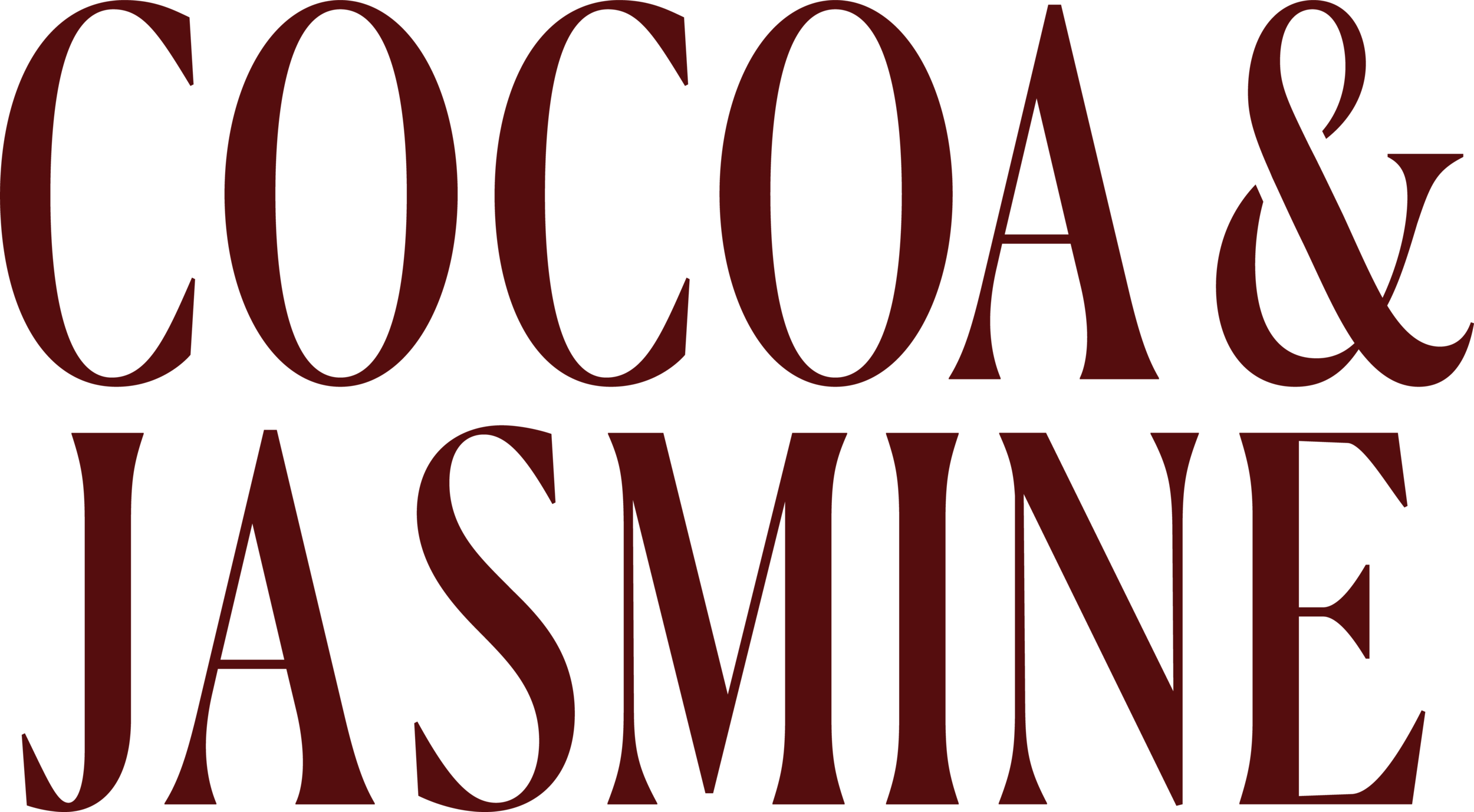Bauhaus Footwear Inspiration
A good design blurs the boundaries of disparate disciplines and times. It interweaves narratives from Society/ Art /culture/ Technology/ Psychology and other disciplines and sciences.
For ages now, Architecture has been an inspiration to product design. For instance, the Mughal architectural motifs reflect in the gilded jewellery from that era. This further is seen in a lot of Rajput Jewellery pieces where these aesthetics are shared, signifying the cross cultural influence of design.
From our experience of watching Indian palaces built in the Renaissance period, we can easily map the influence of colonial ruling in them. This has subconsciously settled the idea of the Art Deco architecture and design e in the Indian mind. Every age has thus brought with itself the specific material cultures from a new place-- and this settles over time, one layer on top of the other. Much like sediments forming a rock with layers, each gives us a hint of what it meant to be living in those times.
One such major influence has been the industrial revolution. With World War II, the need to streamline the manufacturing, and the need to reimagine everyday products using these new found tools brought up schools of design like BAUHAUS. Artists began to imagine art in daily objects. Articles then were the genesis of both manufacturing and the needs of Everyday usage. Bauhaus has always been a pioneer in clothing these emotions and Functions in art and material craft. The consequence is that we hardly see any object devoid of the effect of this movement.
When I think of the current times we live in, I often wonder about the aesthetics of our times. In my view, our times represent products with narratives.; Articles that challenge Ideologies.
While I was designing footwear for Kilchu, I wanted to reiterate the norm or the rules of footwear design.
The idea sprang from the Instagram trend of picturing your feet against the tiles in whichever part of the world you travel. The brand uses the rounded frame of the sole as a canvas and chooses to dress the feet to find balance in the outcome.The process is no different than what a painter would do with a blank paper. The material, the Idea and the manufacturing is what allows it to be what it is.
When you connect the dots backwards, you’ll see it lives Bauhaus in its Philosophy and pins itself, best suited to the era of Bauhaus.
Words and Images by Akanksha Rathore of KILCHU







